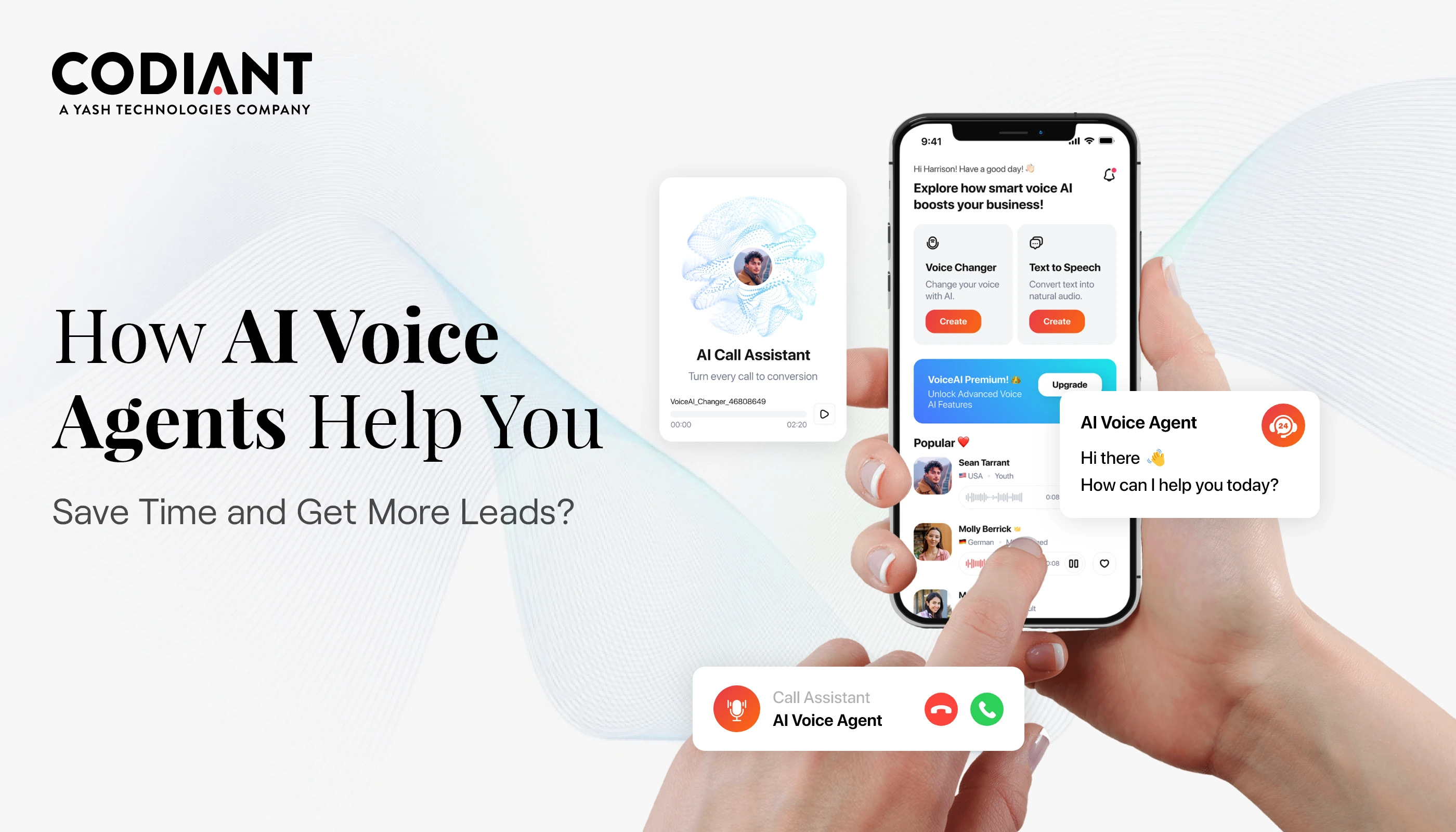Retail Battlefield : How to Win the New Age Customers?
Table of Contents
Subscribe To Our Newsletter

Failing retail companies, whether it be brick-and-mortar stores or online storefronts in e-commerce, are usually over-managed and under-led, warns American scholar and leadership guru Warren Bennis.
In today’s time, where exemplary customer care remains the nucleus of any business’s success, a majority of new entrants have failed to craft a stronger online proposition.
To be able to plan the right strategic move and to prepare a marketing mix, the brand has to understand the core buying behavior of the customer as well as their pain points.
The Four C’s that Today’s Customers Vie For:
Convenience: Ease and comfort of buying
Cost: Costs to satisfy
Customizability: To match their specific needs
Credibility: To put their trust upon
Studies say, 66% of consumers switched brands or businesses due to poor customer service.
82% of consumers who switched said the brand could have done something to stop them.
The Solution: Omnichannel Marketing
Hubspot defines omnichannel marketing as “a multi-channel sales approach that provides the customer with an integrated shopping experience” irrespective of the device or channel they use to interact with the brand.

Examples of Omni-Channel Brands
- Disney
- Virgin Atlantic
- Bank of America
- Oasis
- REI
- Starbucks
- Chipotle
As opposed to a multi-channel platform, a successful Omni-channel initiative should be coherent across all the channels, as shown in the above graphic, and should be aligned with all the multiple platforms involved in the customer journey.
To achieve the synchronization between them and to execute it smoothly, the brand requires incessant coordination, empathy towards customer pain points, investment in new technology like artificial intelligence and machine learning, manpower, and most importantly, time.
Unlocking the Potential – Results of Using Omnichannel Strategy

How to Harmonize Omnichannel Marketing for Retail Growth?
- Understand Your Customers Needs
As said by Laurent Simonin, CEO of Smart Traffic, explained in an email interview with Retail Customer Experience in e-commerce, it’s all about reducing the gap between online and offline.
“A seamless customer journey comes under the influence of social media, mobility, geolocalization, and the fact of being constantly connected, and provides a frictionless experience that will harmonize the customer journey, whatever the point of contact is between him and the brand/retailer,” said Simonin.
Today’s customer wants to face only a single entity regardless of the channel used- app, web, store, email, or online chat. And Omnichannel makes the cut. It interlinks all the multiple channels without any breakage.
- Understand Your Customers Needs With Data
Data and Content is the king when it comes to Digital Marketing. So in order to understand your customers gather data about them from different channels such as their in-store experience, email, social media, web, and geographical location. Extract their digital behavior, understand their channel preferences, and trace out a graph to standardize the data.
After studying it, draw a customer retention strategy and figure out how you can provide personalized experiences to your customers in e-commerce.
- Customer Feedback Matters
Pull out all customer feedback, analyze them thoroughly, and draw insights. This will help you to catalyze action and take the next step in crafting strategies to increase your brand engagement. If these strategies are put in the right place, it will help you boost engagement, increase conversion rates, and decrease shopping cart abandonment.
- Create Brand Advocates
“Word of mouth” in consumer decision-making is an influential source of information that plays the highest role in making purchasing decisions. According to the Nielsen Global Trust In Advertising Survey, 92% of people trust recommendations from friends. Look at the data:

MCKINSEY: While word-of-mouth has different degrees of influence on consumers at each stage of the consumer journey (Initial Consideration, Active Evaluation, Moment of Purchase), it’s the only factor that ranks among the three biggest consumer influencers at every step.
Therefore, creating brand advocates that talk about products, services, and experiences can help in increasing conversions as well as in improving customer experiences in eCommerce.
- Avoid Common Pitfalls
Before placing any of your strategies in place, just personally experience how people will visit your app/web/store; and how they will shop, in other words, just become a customer and validate their experience and then figure out, what problems have you faced and how can you enhance the shopping experience.
By gradually mastering these new touch points’ retail marketers can increasingly achieve exemplary customer satisfaction as well as stronger sales incentives.
Featured Blogs
Read our thoughts and insights on the latest tech and business trends
How to Enable AI for Smart Diet Planning and Client Progress Tracking
- November 26, 2025
- Artificial Intelligence
Smart diet planning and consistent progress tracking have become essential in a world where people want faster, more accurate ways to manage their health. Traditional methods like manual calorie counting or generic meal charts often... Read more
How to Digitize Your Home-Service Business with an AI-Powered Platform
- November 21, 2025
- Home Services
The home-service industry - covering HVAC, plumbing, electrical, and cleaning—has long relied on manual scheduling, phone-based bookings, and paper invoices. But as customer expectations shift toward instant communication and transparency, these traditional processes are no... Read more
How a Voice AI Agent Can Help You Get More Appointments and Leads
- November 17, 2025
- Artificial Intelligence
Missed calls, delayed responses, and lost leads are silent revenue killers for many businesses. In today’s fast-moving market, customers expect instant engagement - and that’s exactly where a voice AI agent for appointment booking steps... Read more




